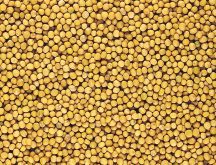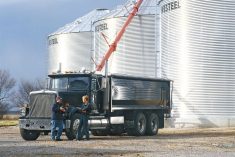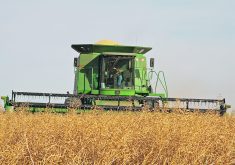CNS Canada –– Mustard acreage in Western Canada looks to remain relatively firm compared to last year’s total, according to an expert in the industry.
However, he noted, ambiguity surrounding just how many acres will be seeded is keeping prices firm.
Walter Dyck of Wisconsin-based Olds Products said there are few carry-over supplies of mustard on hand, while demand from buyers has been strong.
As a result, he said, he feels mustard acres could be very close to last year’s total of 500,000. Of those, 365,000 were planted in Saskatchewan with the rest in Alberta.
Read Also

U.S. livestock: CME cattle tick lower in thin pre-holiday trade
Chicago | Reuters – Chicago Mercantile Exchange live and feeder cattle futures were little changed but ended slightly lower on…
Another trade expert, Kevin Hursh of the Saskatchewan Mustard Development Commission, said he believes acreage could go up. “I think we might be looking at a small increase but it’s always a guessing game.”
Uncertainty over this year’s acreage has also put some underlying support into prices, said Dyck.
“This year’s seeding is still a little bit up in the air (on) what growers are going to do; 10 per cent leeway either way. I think all of that contributes to the price moving higher.”
According to Prairie Ag Hotwire, prices for yellow mustard stood at 36 to 37 cents a pound while brown was 23 to 25 cents a pound and Oriental 32 to 34.
Both yellow and brown have moved a bit higher in the spot market recently, Dyck said, while Oriental has stayed steady.
“Demand for planting seed has been strong. In fact, I think certified seed stocks in Canada are sold out,” he said.
Moisture conditions are generally favourable right now for seeding, said Hursh, although some areas could do with a touch more rain.
“There should be an early start to seeding,” he added.
Hursh doubted many farmers will decide to switch away from mustard at the last minute. “I think people have made up their mind and wouldn’t have the option of switching.”
Both observers expect yellow mustard will continue to be the most frequently planted variety. Hursh thinks brown mustard could be due for a slight reduction.
Statistics Canada releases its planting intentions report on Thursday.
— Dave Sims writes for Commodity News Service Canada, a Winnipeg company specializing in grain and commodity market reporting.
















